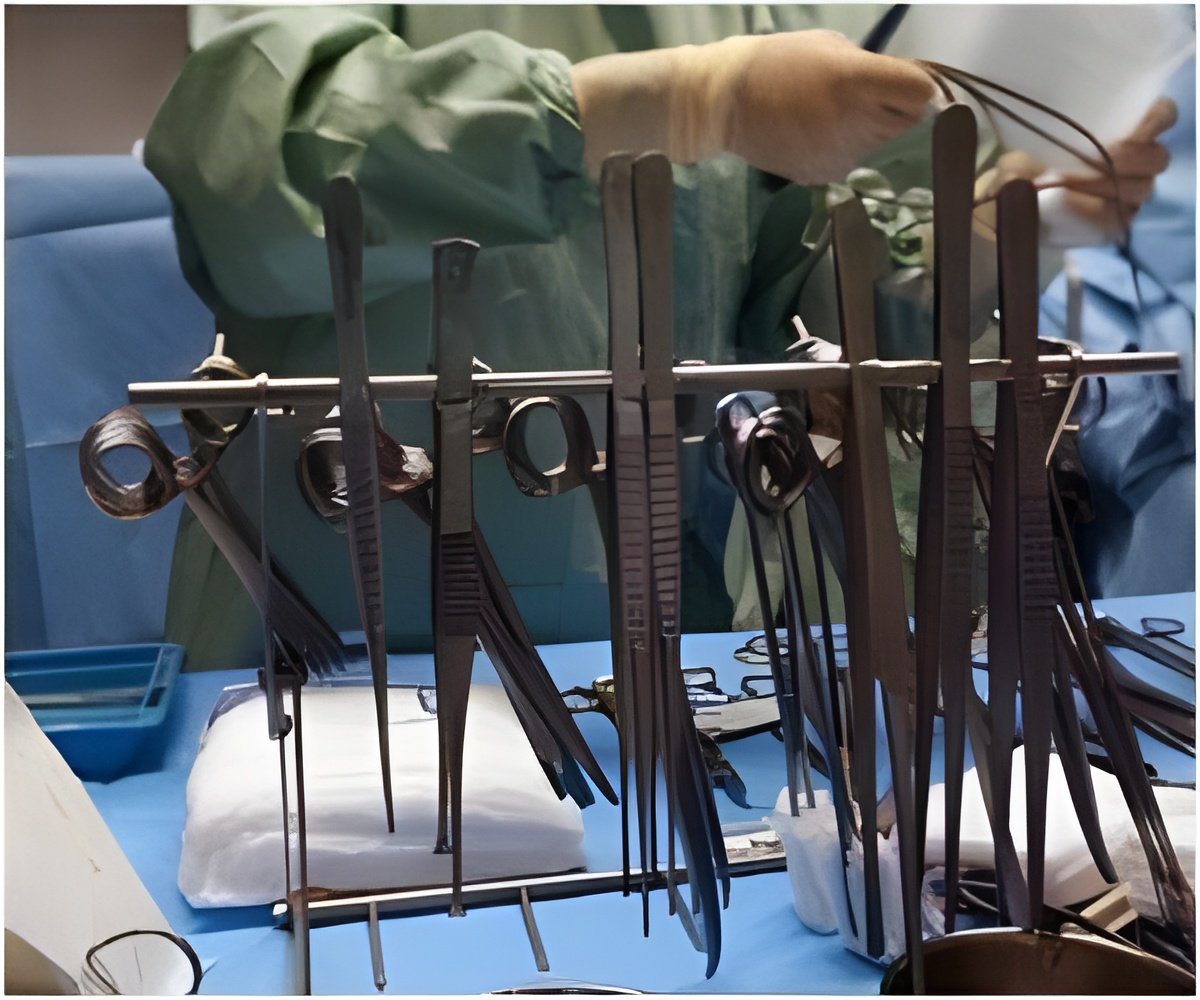The ACS NSQIP Pediatric Surgical Risk Calculator is the first web-based tool to help surgeons estimate the surgical risk for a pediatric patient.

TOP INSIGHT
Development of the Pediatric Surgical Risk Calculator is an important milestone because it gives pediatric surgeons a tool to be much more precise in estimating a child’s risk of complications.
Made available to the public in July 2016, the NSQIP Pediatric Surgical Risk Calculator can, as part of a discussion with the surgeon, help a young patient’s family make an informed decision about whether to go forward with a planned elective operation or even an emergency procedure, said study coauthor Clifford Y. Ko, who also is a professor of surgery at the University of California-Los Angeles David Geffen School of Medicine.
A pediatric-specific risk calculator is needed because infants and children have different risk factors; may undergo similar procedures as adults do, such as colon operations, for entirely different reasons; and may undergo operations that are unique to the pediatric population, according to coauthor Shawn J. Rangel, a pediatric surgeon at Boston Children’s Hospital who chairs the ACS Children’s Surgery Data Committee.
Children typically do not have cardiovascular disease and other chronic medical conditions often associated with adult patients undergoing surgery. However, they may have other serious conditions that are unique to the pediatric population, including prematurity, birth defects, and other conditions that may affect their immune system and ability to heal, he explained.
“Currently pediatric surgeons often must quote surgical risk estimates from data that have been published in the literature, and often this information is markedly outdated and [comes] from single hospitals that are not their own,” Dr. Rangel said. “Development of the NSQIP Pediatric Surgical Risk Calculator is an important milestone because it gives pediatric surgeons a tool to be much more precise in estimating a child’s risk of complications.”
To create the new risk prediction tool, the investigators used standardized NSQIP Pediatric data between 2012 and 2014, which included 181,353 patient cases from 67 hospitals and 382 standard Current Procedural Terminology codes identifying procedures performed in the U.S.
“NSQIP Pediatric has among the best, if not the best, data available for children’s surgery,” Dr. Ko said.
From the three years of data, the researchers used a random sample of two-thirds as a training dataset and the other one-third as a test dataset to validate the accuracy of the calculator. Overall, they reportedly found excellent agreement between the predicted postoperative risks and actual outcomes, known as calibration. An exception was a small tendency to underpredict risk in the patients at highest risk, the authors wrote in the article.
To use the risk calculator, a surgeon or other user enters, from drop-down menus, the planned surgical procedure by its procedure code or name; whether the operation is elective, emergent, or urgent; and whether it will be performed on an outpatient or inpatient basis. Other selections to be completed are patient-specific preoperative risk factors, including age and sex; physical status (fitness for an operation); and whether the patient was admitted from home or transferred from the emergency department, intensive care unit, or other facility.
The included risk factors are health conditions, such as a neuromuscular or bleeding disorder, heart problem, brain or spinal cord abnormality, developmental delay, infected wound, or recent bloodstream infection.
The risk calculator then estimates a pediatric patient’s chance, compared with an average person’s risk, of experiencing any of nine potential complications within the first month after an operation. Those complications are pneumonia, a cardiac problem such as an irregular heart rhythm, infection at the surgical site, urinary tract infection, blood clot, kidney failure, tracheal reintubation (insertion of a breathing tube after removal of the anesthesia tube), any complication, or death.
After receiving the risk score, the surgeon can adjust the score if needed based on his or her subjective assessment of the patient.
Information from the risk estimates may lead to better patient outcomes after the operation, Dr. Ko suggested. “The risk calculator,” he said, “calls out the chance of specific postoperative problems, some of which we can try to prevent before the procedure.”
As ACS NSQIP Pediatric continues to grow, Dr. Rangel said future versions of the calculator will be able to predict risk of more-specific complications, such as wound infections, thereby providing even greater value for parents in understanding the risks of a surgical procedure for their child.
The NSQIP Pediatric Surgical Risk Calculator is available online at http://riskcalculator.facs.org/peds.
Source-Newswise
 MEDINDIA
MEDINDIA




 Email
Email





